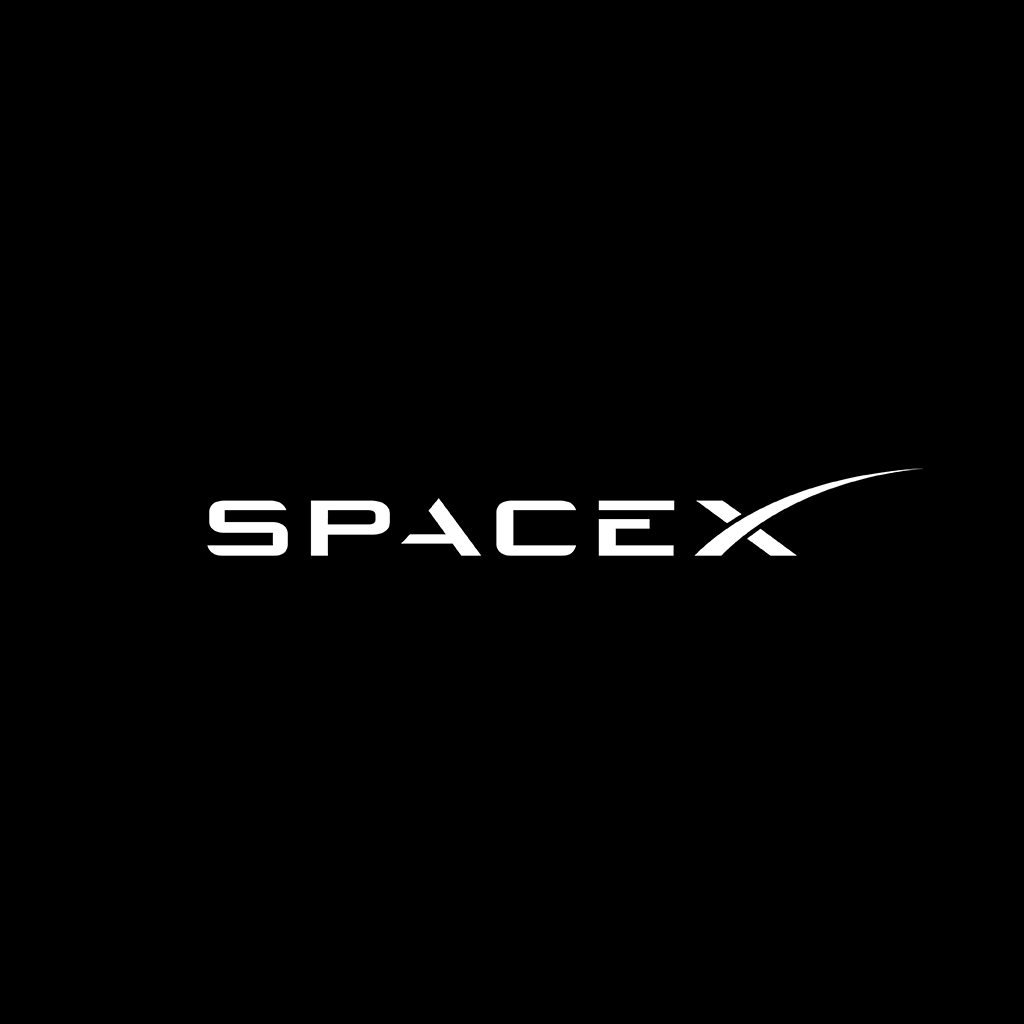That’s 27 hours from now.
SpaceX is targeting Saturday, July 27 for a Falcon 9 launch of 23 Starlink satellites to low-Earth orbit from Launch Complex 39A (LC-39A) at NASA’s Kennedy Space Center in Florida. Liftoff is targeted for 12:21 a.m. ET, with backup opportunities available until 4:21 a.m. ET.
During the first burn of Falcon 9’s second stage engine, a liquid oxygen leak developed within the insulation around the upper stage engine. The cause of the leak was identified as a crack in a sense line for a pressure sensor attached to the vehicle’s oxygen system. This line cracked due to fatigue caused by high loading from engine vibration and looseness in the clamp that normally constrains the line.
Yay! I’ve been experiencing some “launch withdrawal” symptoms :)
That’s 27 hours from now.
I suppose I’d better get a launch thread up soon!
Interesting failure and fix:
the liquid oxygen leak on the upper stage led to the excessive cooling of engine components, most importantly those associated with delivery of ignition fluid to the engine. As a result, the engine experienced a hard start rather than a controlled burn, which damaged the engine hardware and caused the upper stage to subsequently lose attitude control.
For near term Falcon launches, the failed sense line and sensor on the second stage engine will be removed. The sensor is not used by the flight safety system and can be covered by alternate sensors already present on the engine.
Seems like another case of Elon’s favourite, “try very hard to delete the part or process”.
I almost wonder why it was still there if it wasn’t really used. It would be really interesting to learn more about how they tracked this down so specifically.
I almost wonder why it was still there if it wasn’t really used.
That does seem to run counter to SpaceX/Elon’s ethos. Maybe it was just a case of “if it ain’t broke, don’t fix it”? (Until it did break, of course…)
The turnaround time to identify the problem, propose and test a fix, and return to flight is just unmatched.
You could argue that it should never have happened, either because of process or design, but I guess a quality escape like this was inevitable with how many of these they make and fly.
Cool, I was wrong when I was sure the next launch would be a starshio, due to months of root-cause analysis and fix determinatiin and documentstion.
incredibly impressive to me.



